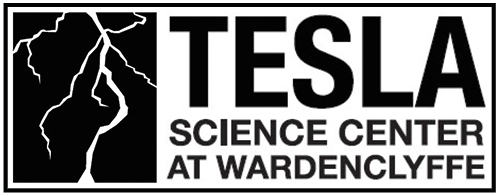Tesla’s Wireless Power and The Wardenclyffe Tower
Nikola Tesla had a bold and revolutionary vision for the world: the wireless transmission of electricity, a global system that could transmit electricity and information without the need for physical power lines. This idea culminated in the construction of the Wardenclyffe Tower on Long Island, New York, an ambitious project designed to demonstrate this theory and bring it into use. He envisioned this “World Wireless System” as being capable of using the Earth itself as a giant electrical circuit, providing power and communication signals, including telegraph and radio signals, around the globe.

Tesla had begun experimenting with high-frequency alternating currents as early as 1891, and on September 2, 1897, he filed a patent for a system of transmitting electrical energy through the natural medium, using the Earth’s surface and ionosphere as a conductor (patent no. 645,576). This patent was granted on March 3, 1900.
In 1899 Tesla traveled to Colorado Springs, Colorado, to build a high-altitude laboratory and conduct large-scale experiments on wireless power transmission. He chose Colorado Springs not only for its elevation of more than 6,000 feet but its frequent lightning storms, which he felt were ideal conditions for his experiments. He believed these experiments in Colorado demonstrated the feasibility of wireless power transmission.
Tesla returned to New York the following year, and in 1901, with funding from financier J.P. Morgan, he began construction of the Wardenclyffe Tower and adjacent laboratory. Designed by his close friend, architect Stanford White, the tower was intended to be a transmitter for wireless power and communication and stood about 187 feet tall, with a 68-foot metal dome and an extensive underground network of iron rods and copper plates.
By 1902, a good part of the Wardenclyffe laboratory and tower was complete, the result of great effort and expense. But Tesla faced increasing financial pressures and work on the Wardenclyffe Tower slowed. J.P. Morgan grew skeptical of the commercial viability of wireless power and the seemingly slow and complicated process of development. To Tesla’s great disappointment, the tremendous tower never became operational, and by 1906, the Wardenclyffe project had effectively ended. The building and tower stood silent until 1917, when it was sold for scrap. By this time, Tesla had moved on to other ideas and projects, but the failure of Wardenclyffe was a major blow to his great vision. Tesla continued to work on wireless transmission theories until his death in 1943, but he never realized his dream of a fully operational wireless power system.
Tesla’s ideas on wireless power were visionary and ahead of their time. While the technology to fully realize his plan did not exist during his lifetime, many of his concepts have influenced modern wireless technologies, including Wi-Fi, wireless charging, long-distance communication, and even the cell phone.
Today, Wardenclyffe is home to the Tesla Science Center, dedicated to preserving Tesla’s legacy and continuing research in the spirit of his imagination and pioneering work. Tesla’s vision of a world connected by wireless power and communication remains an enduring inspiration in the fields of engineering and innovation.




